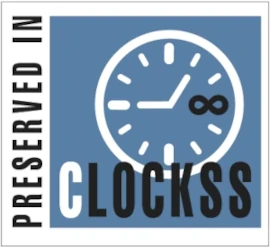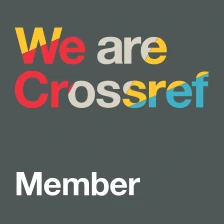Between Theory and Reality: The challenge of distinguishing between trafficked children and independent child migrants
DOI:
https://doi.org/10.14197/atr.201221162Keywords:
child trafficking, independent child migrants, child domestic work, vidomègon, cannabis cultivationAbstract
The offence of child trafficking appears to have a clear definition in the UN Trafficking Protocol and in laws based on it. In practice, this is an illusion. This article reviews the experiences of three countries (Benin, the United Kingdom, and Vietnam), in two of which anti-trafficking laws and policies regard a broad swath of children who migrate to earn a living, without being subjected to coercion, as victims of trafficking. It questions whether the definitions in international law and in the laws of many countries of what constitutes the crime of trafficking committed against a child are appropriate to distinguish between adolescent migrants in general and those who are victims of crime (at the hands of a trafficker) in particular. It suggests that this is in part because there is no international understanding about the ages at which children habitually leave home to find work and what should be done to protect them when they do. It concludes that a possible result of considering a very broad range of children to be ‘trafficked’ is that measures to protect and assist those who suffer acute harm are inadequate.
Metrics
Published
How to Cite
Issue
Section
License

This work is licensed under a Creative Commons Attribution 4.0 International License.
The Anti-Trafficking Review has a policy of licensing under the Creative Commons Attribution License (CC-BY). Under the CC-BY license, the public is free to share, adapt, and make commercial use of the work. To protect our work and that of our authors, however, users must always give proper attribution to the author(s) and the Anti-Trafficking Review (i.e. with a complete bibliographic citation and link to the Anti-Trafficking Review website and/or DOI).
The Anti-Trafficking Review promotes the sharing of information, and we therefore encourage the reproduction and onward dissemination of articles published with us.








